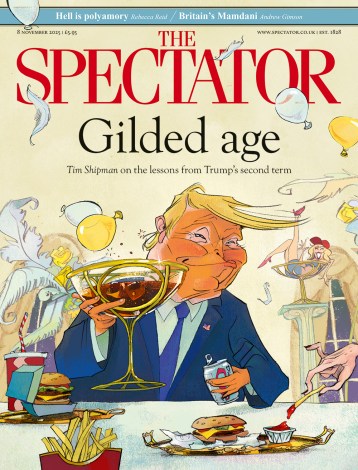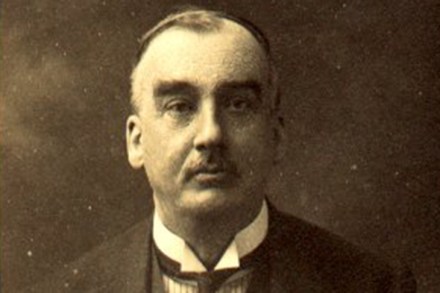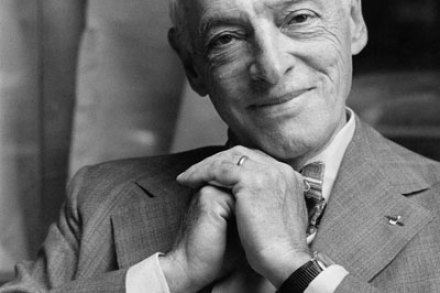‘I am the master’
Whenever I find myself visiting some great historic house, I always like to break off from gawping at tapestries to ask the tour guide: ‘How did the family make its money in the first place?’ For some reason, this almost always astonishes and bewilders. It’s as if the devotion of capital to bricks and mortar, acres of commemorative canvas and fresco, marble and landscaping, covers up any roots in the slave trade or the amassing of bribes from Indian nawabs. Money is made, and then it sets about dignifying itself. The Gulbenkian Foundation is a solid organisation based in Lisbon. It dispenses money in improving ways and possesses a very




















